
6 minute read
UNDERWATER WIDE ANGLE PHOTOGRAPHY WITH THE SONY A7RIII
UNDERWATER WIDE ANGLE PHOTOGRAPHY WITH THE SONY A7RIII
FEATURE AND PHOTOGRAPHY DR SIMON J PIERCE | WWW.OCEANTRIPPER.COM
I recently wrote a post on my updated settings for underwater macro photography with the Sony A7rIII, so I thought I’d kick on and do the same for underwater wide angle too.
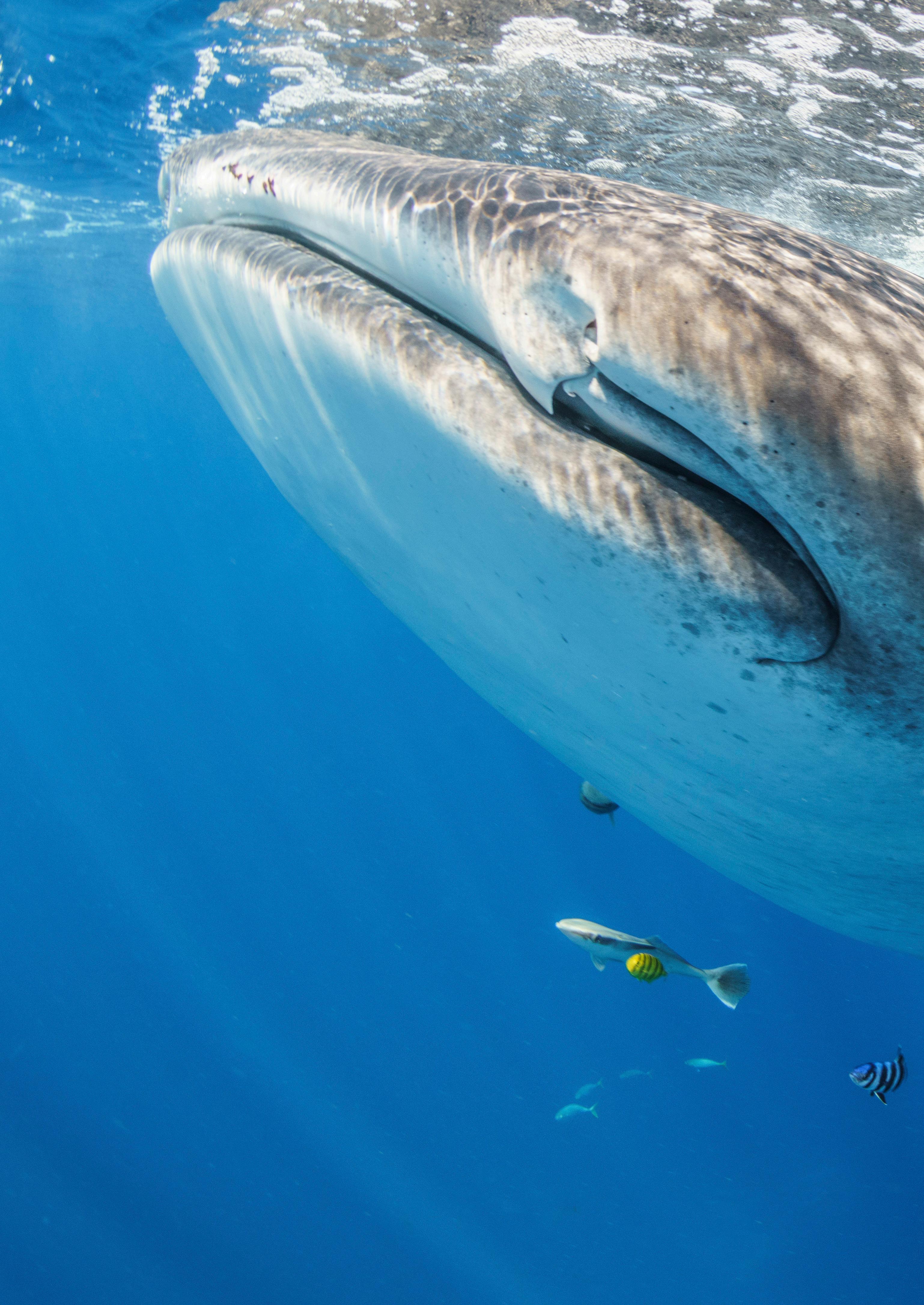

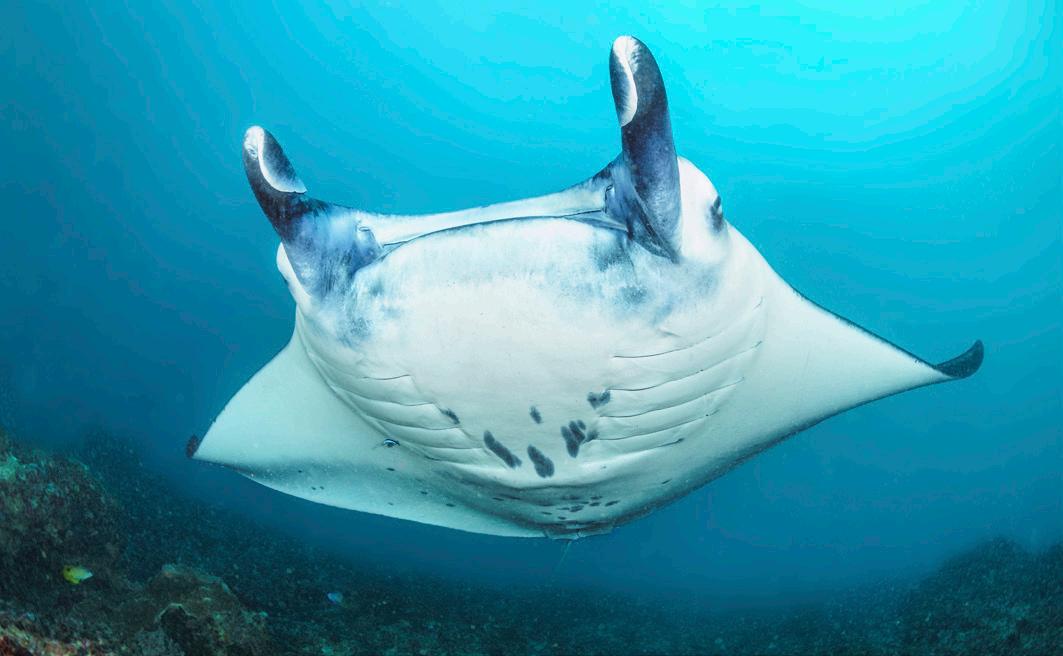
For the moment, this article focuses simply on my settings and tips for underwater wide angle photography with the Canon 8-15 mm fisheye lens (using a MetabonesV adapter) on the Sony, housed in a Nauticam NA-A7RIII housing with a 100 mm Zen dome port.
CAMERA SETTINGS: FOR ALL OCCASIONS
I’ve always shot uncompressed raw files so far. I might take a look at compressed raw for situations where I’m constantly hitting buffer limitations in future, though – dusky dolphins, I’m looking at you. The reduced file sizes should help the camera clear the images faster, so I can keep taking photos instead of swearing through my snorkel.
I’ve got the “Pwr Save Start Time” – i.e., camera sleep time – set to one minute. I don’t turn the camera off while I’m in the water, so this conserves battery during lulls.
I'm often shooting one-handed, so I use shutter-linked autofocus to make that easy. I use continuous autofocus (AF-C) so the camera can keep up with a moving subject, and “Lock-on AF:Wide” focus tracking… most of the time. The standard Wide mode may work better with some fast-moving subjects, like sea lions. I’ve set “Priority Set in AF-C: Balanced Emphasis” so that the camera will try to ensure focus has been achieved.
I set my white balance to “Cloudy”. That adds a slight warming effect to underwater images to help counter the blue-green ocean.
I use “Multi” metering so the camera is considering the whole frame. The default setting is for exposure to be locked while the shutter is depressed, so I’ve switched that off (“AEL w/shutter: Off“) so the camera is continuously evaluating even when I’m shooting a burst of images.
The “Creative Style” on the camera, applied to the embedded jpegs in the raw files, is set to Standard. I always post-process my photos in Lightroom (and occasionally Photoshop), so I don’t want the camera to be adding its own edits.

I find it all to easy to bump settings in the boat or water, so I disable any buttons that I’m unlikely to use.
SHOOTING IN NATURAL LIGHT
When I’m shooting large, slow marine animals in natural light (like whale sharks) I use a High frame rate (8 shots per second). My standard settings are 1/320 sec and f/9, in manual mode, with Auto ISO (100 base, maximum 3200). I’ll increase the shutter speed for fast-swimming animals like dolphins and sea lions where I can get away with it.
Auto ISO is super helpful, particularly with Sony’s great sensor, but I’m still working out the best way to use it in practice. I’ve been diving into the confusing subject of ISO invariance and my understanding is that, above dual gain kicking in at ISO 640, the A7rIII is effectively just increasing brightness. There’s a good argument, then, for just setting Auto ISO to 100-640 and adjusting brightness in Lightroom later, thereby optimising data capture while protecting highlights. I haven’t actually tried that though. I’ll update it on my website when I do…
I rarely change these settings while I'm in the water.
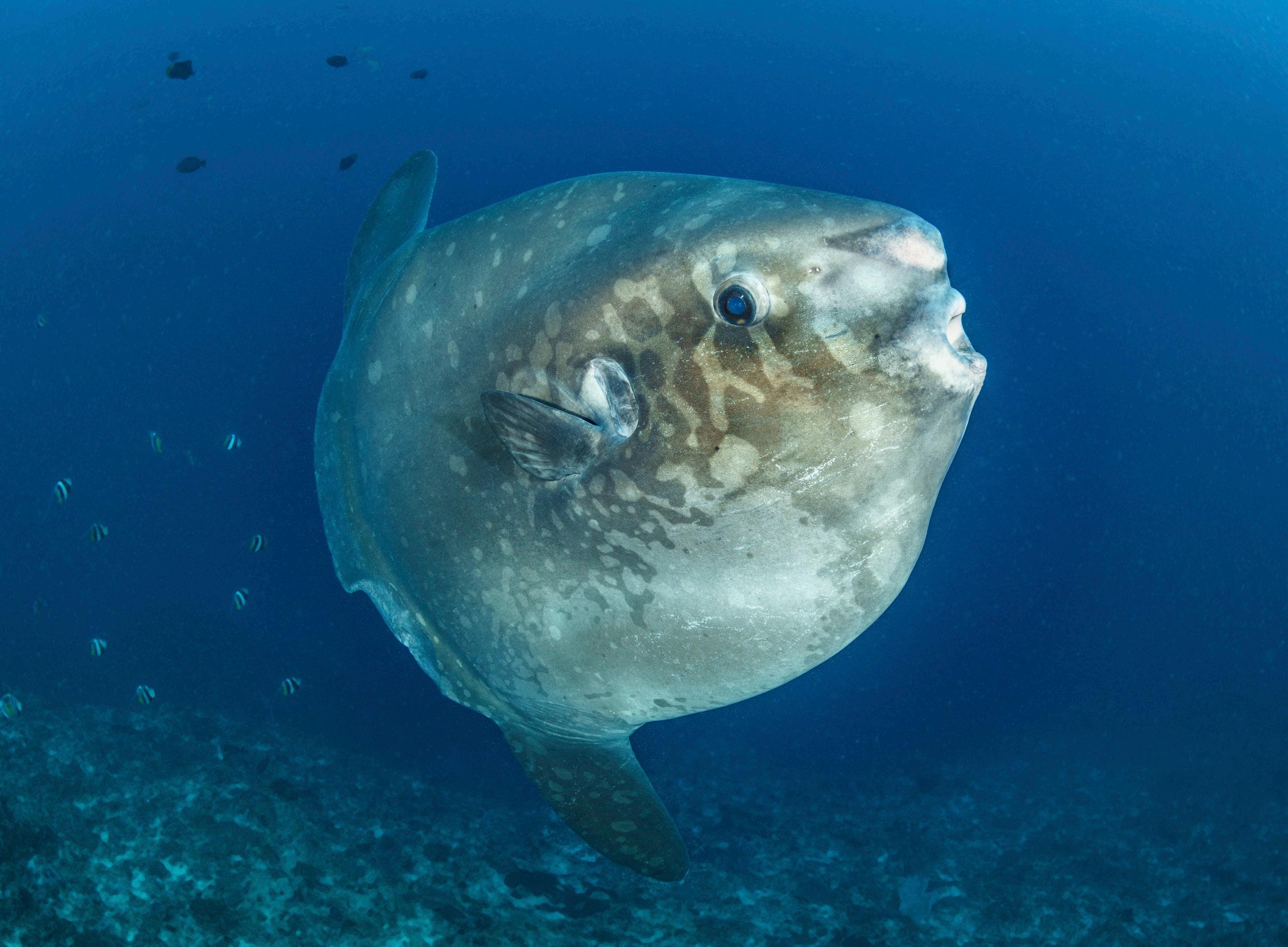

Hawksbill sea turtle (Eretmochelys imbricata) eating a jellyfish at Nosy Tanikely, Madagascar, just off Nosy Be and Nosy Komba.
SHOOTING WITH STROBES
I use dual Sea & Sea YS-D2 strobes (now superceded by the YS-D2J) with Eneloop Pro batteries, a Sony flash trigger, and Nauticam optical sync cables. Note that YS-D2s previously weren’t compatible with the flash trigger, but they are with the most recent Nauticam optical sync cables.
To the right is my current setup, post-dive.
That’s my Shearwater Perdix AI computer strapped to the Styx floats.
I’ve got the 120 degrees Sea & Sea diffusers on for wide angle, but I’ve just started using a couple of dome diffusers. Note that you have to pull the strobes well back – front of the strobe slightly behind the handles – to avoid lighting up the sides of the image. (I’m writing this as a reminder to myself, as they’re never back far enough…)
The strobes (and camera) are normally good for about three dives before I have to charge the batteries again.
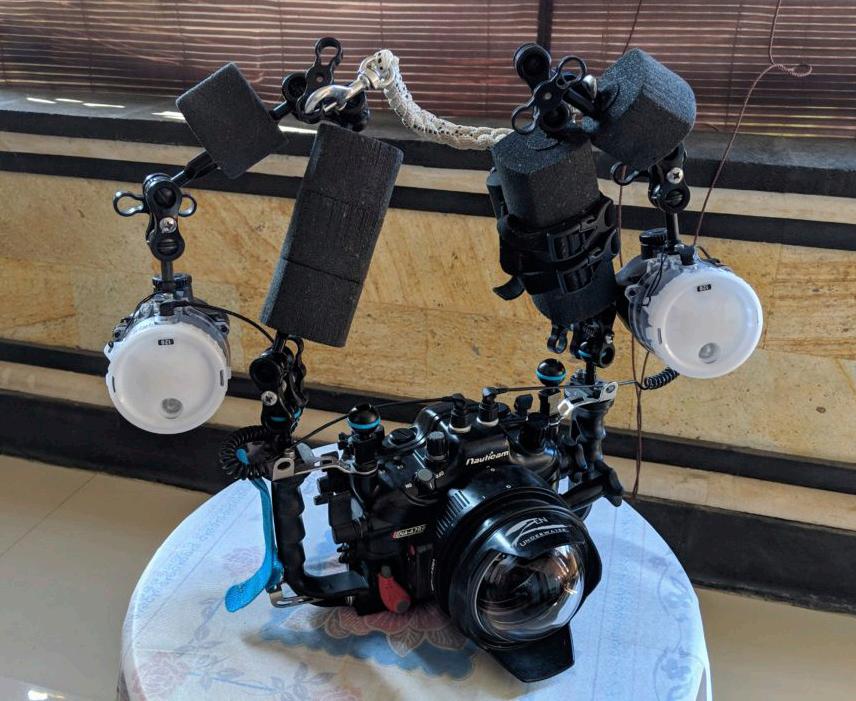
Geared up for wide angle at Nusa Penida, Indonesia. It’s my current setup, post-dive.
One of the great things about shooting mirrorless is the “what you see is what you get” when using the EVF or LCD. However, it’s helpful to switch this off (“Live View Display: Setting Effect OFF“) when shooting with strobes. Otherwise, the screen would be too dark to compose a shot easily.
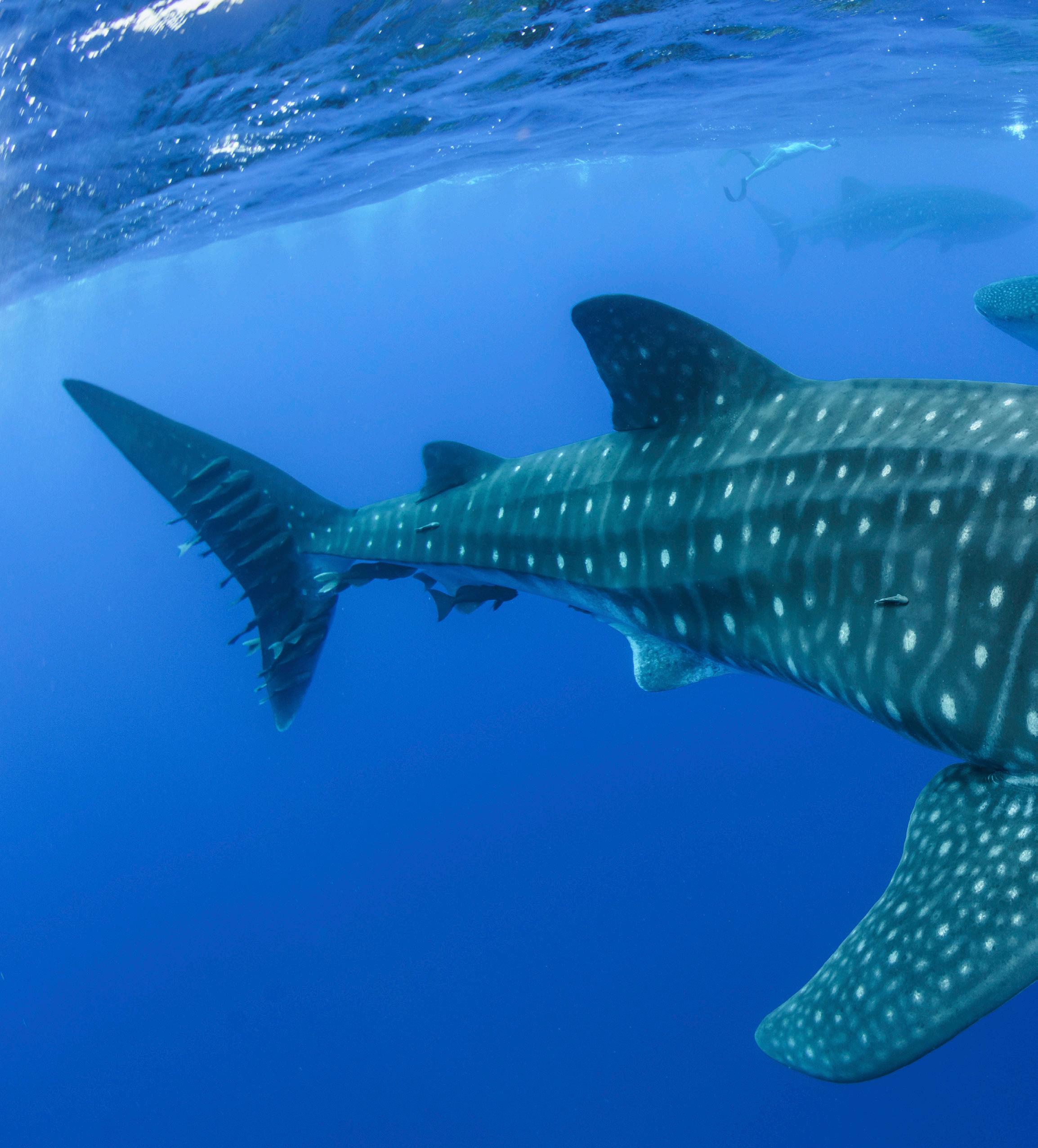
Of course, you do want to see how your exposure settings are affecting your background, and there’s a neat way to accomplish this: program your AF-ON button (accessed via the thumb lever on the Nauticam housing to “AF-ON Button: Shot. Result Preview“. That means you can quickly check your ambient light exposure by just pressing your thumb, rather than taking a photo and checking it. Of course, that only works if you’re using shutter-linked autofocus.
My starting settings are normally 1/160 sec, f/10 and ISO 200 (in Manual mode). I’ve set the AEL button to ISO, as it’s easily accessible on the housing, and I’ll often adjust exposure using ISO until that hits around 800 (see my note on ISO invariance above). At that point, I’ll start reducing shutter speed, and aperture if it gets really dark. I quite like the cool motion blur you get from rear sync flash and slow shutter speeds, so I’ve got flash mode programmed to my C3 button on the left side of the housing. I normally use Fill Flash, with the strobes set to 22 as my initial setting.
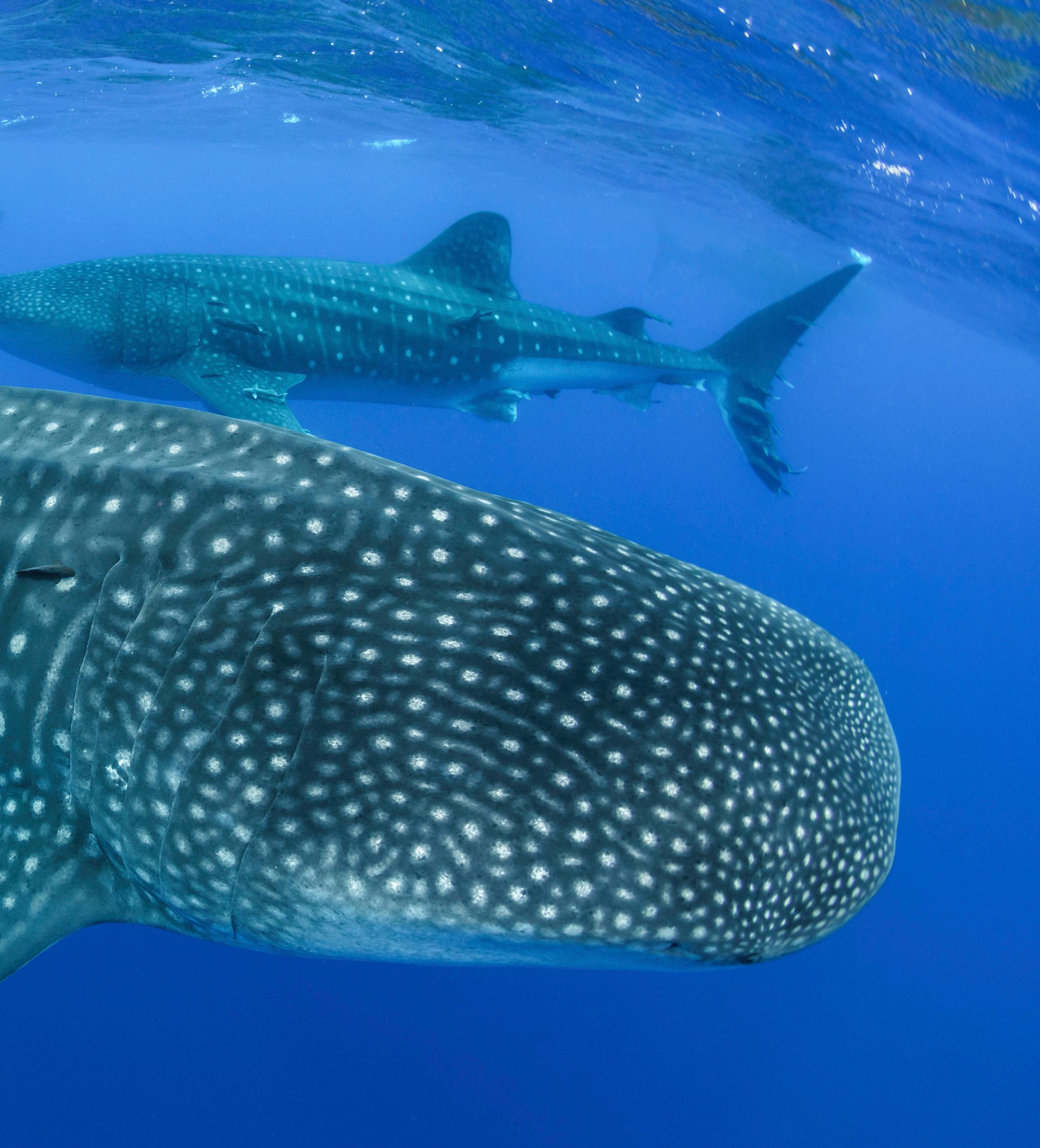
I’ve been playing around with automating my exposure settings more. When we’re working with whale sharks in the Galapagos, particularly, we’re changing depth and lighting at a speed that I find difficult to deal with manually. I’ve trialled using Auto ISO (base 100, max 800) and negative exposure compensation – conveniently accessed through a dial on the housing – and that works quite well, as long as I keep an eye on the background exposure (using the thumb lever, as above). I still have to make adjustments, but it does get it approximately right in a hurry. I normally start with -1.0 exposure compensation and adjust it from there.
A few more miscellaneous notes:
• I set Auto Review to 2 Sec, so I can check things by eye when required.
• I’ve got Drive Mode set to Single Shooting. Otherwise, the strobes can get out of sync, due to minor variation in recycle times.
• It’s easy to accidentally hit the movie lever. I might switch that off in future, or reprogramme movie to another button.
• I’ve set my defaults to the MR 1 dial position, which saves most things, except shutter-linked autofocus and other button customisations.
I hope the above is useful – I’m still working things out as I go, but I do love the functionality and customisation opportunities with the Sony A7rIII, and how the Nauticam housing lets me access key options quickly and easily. Ergonomics count for a lot, peeps.










